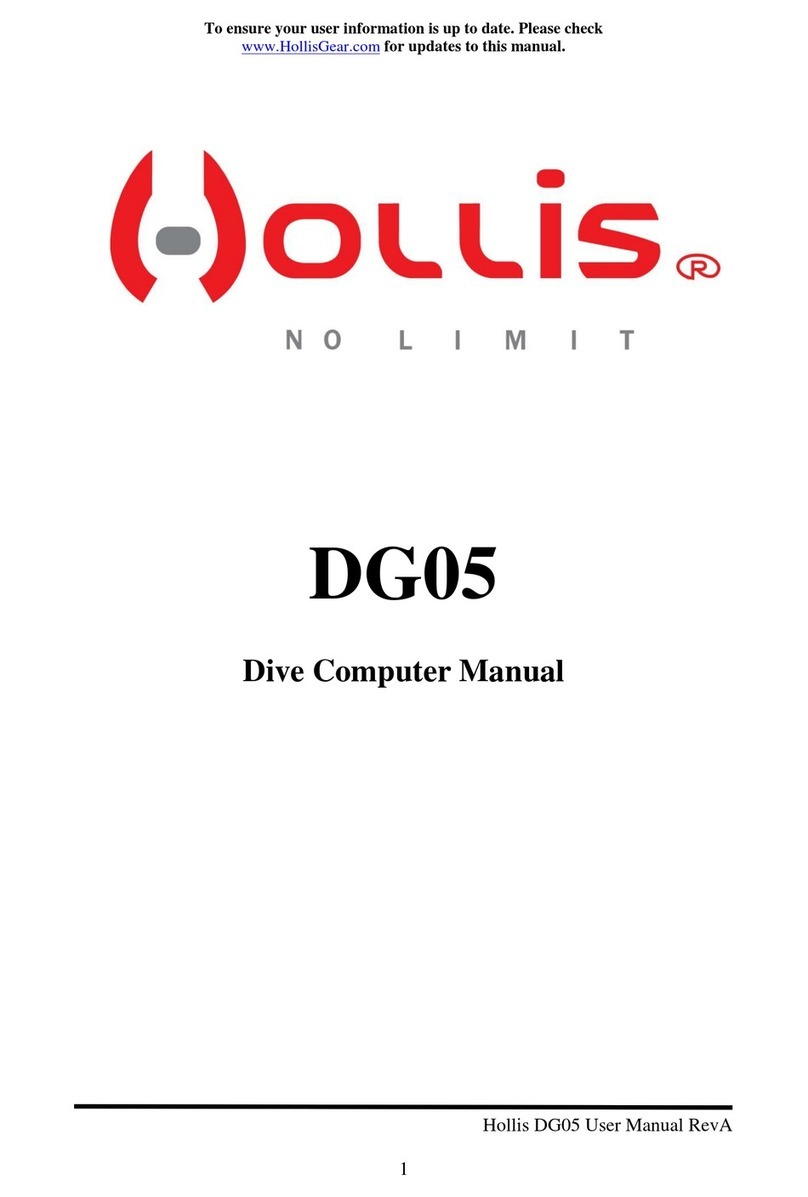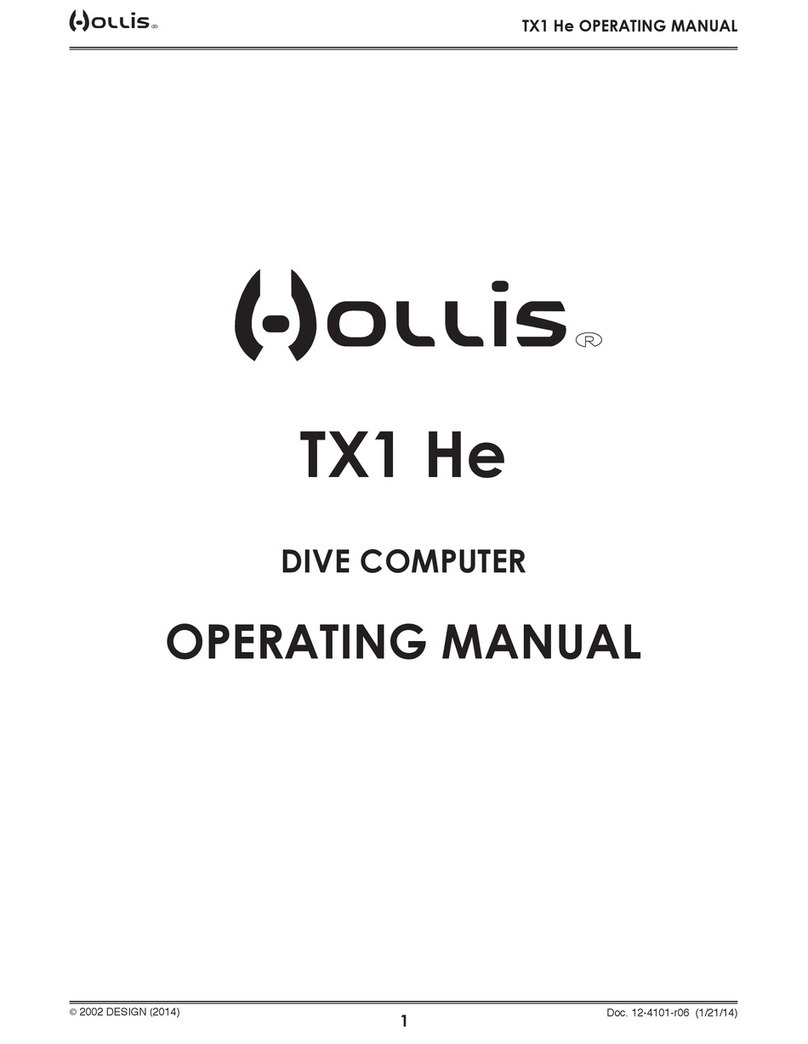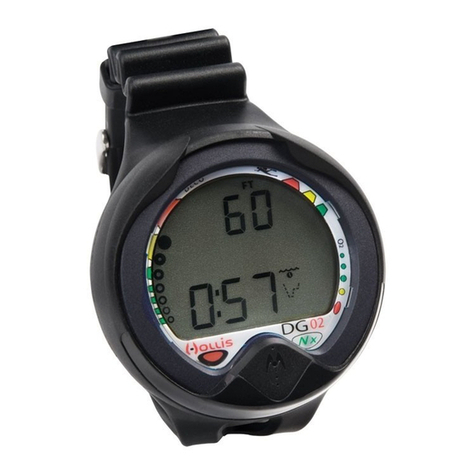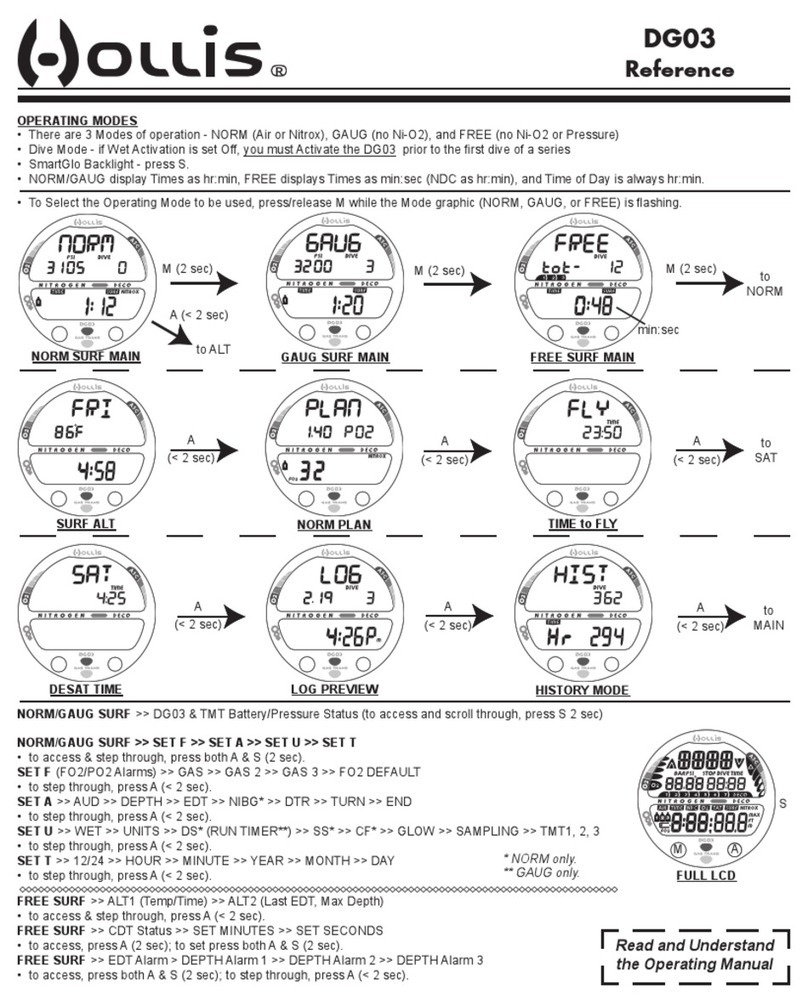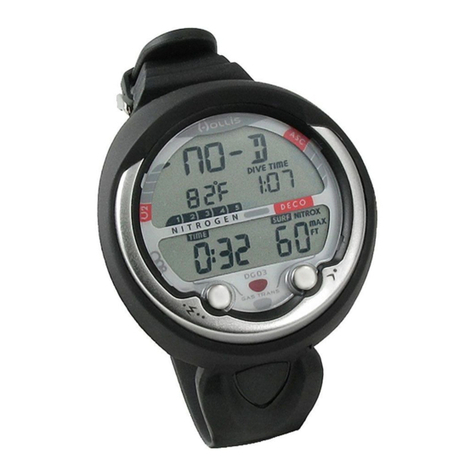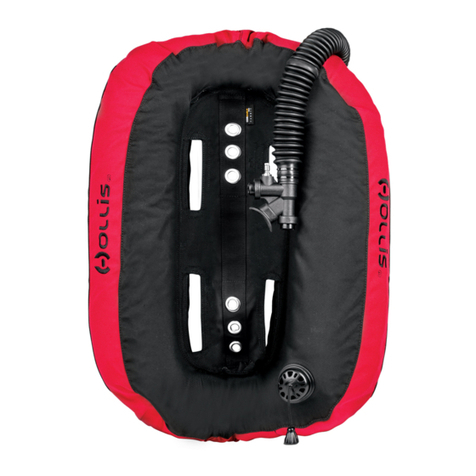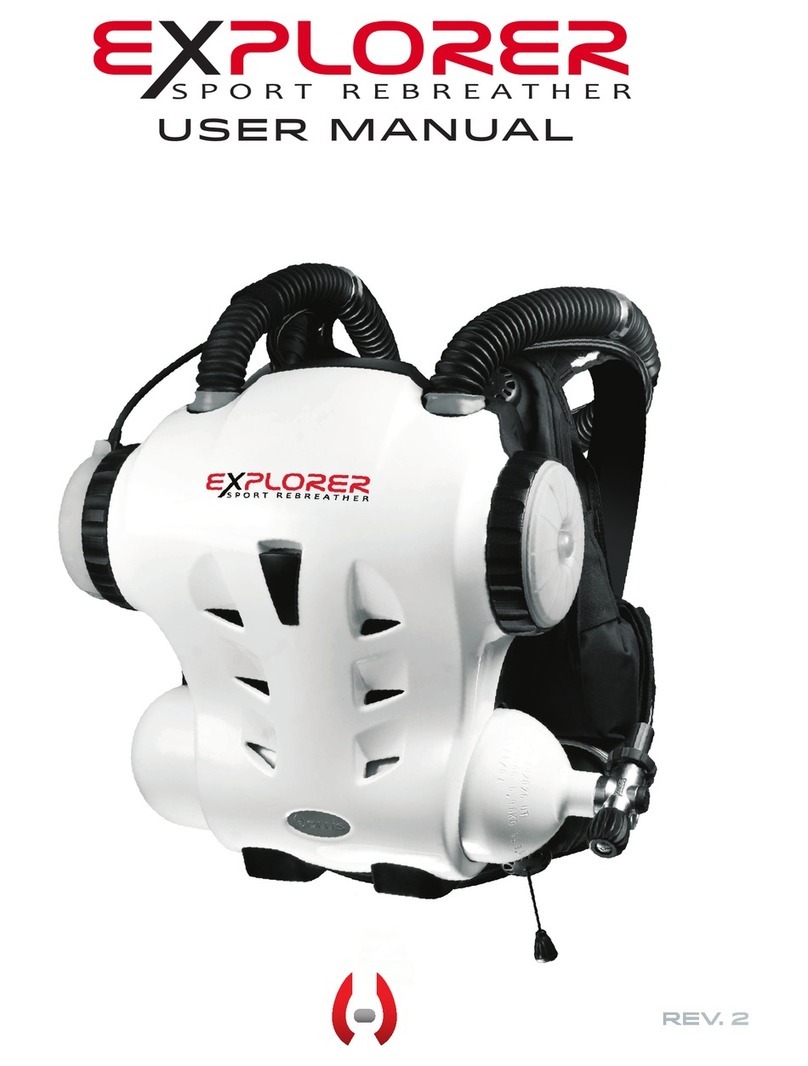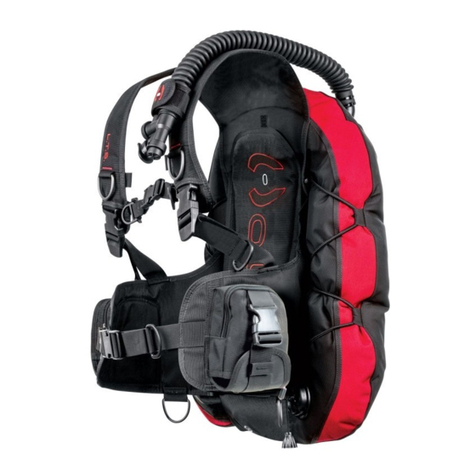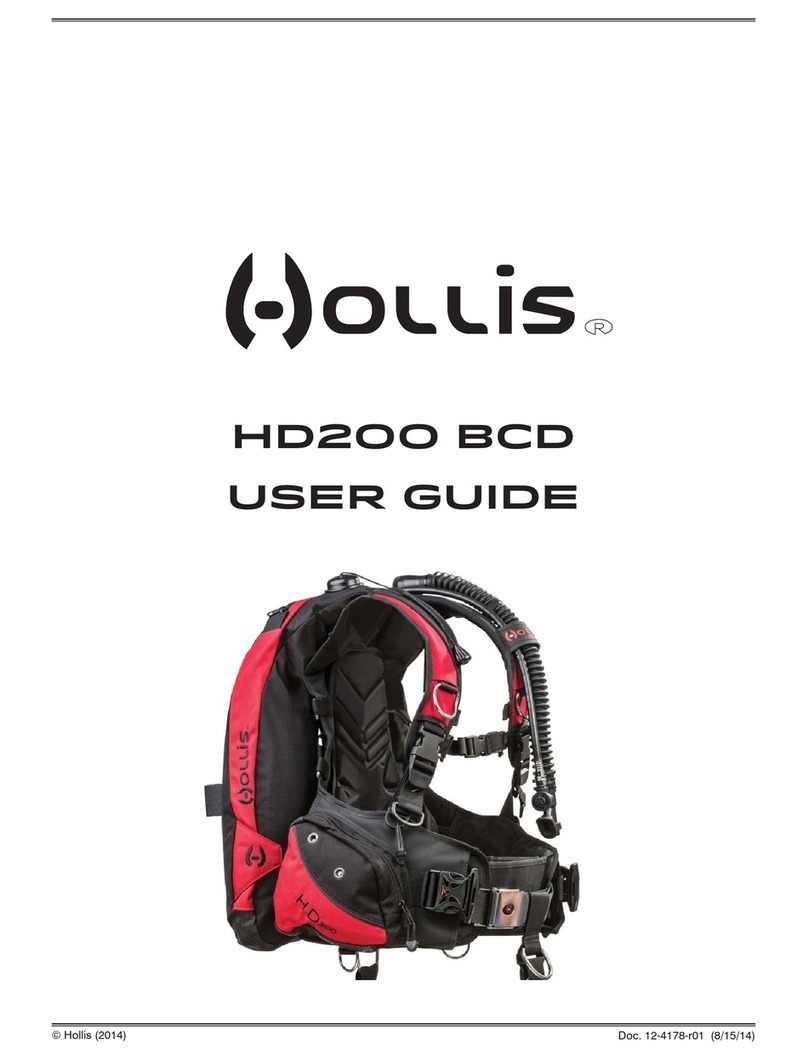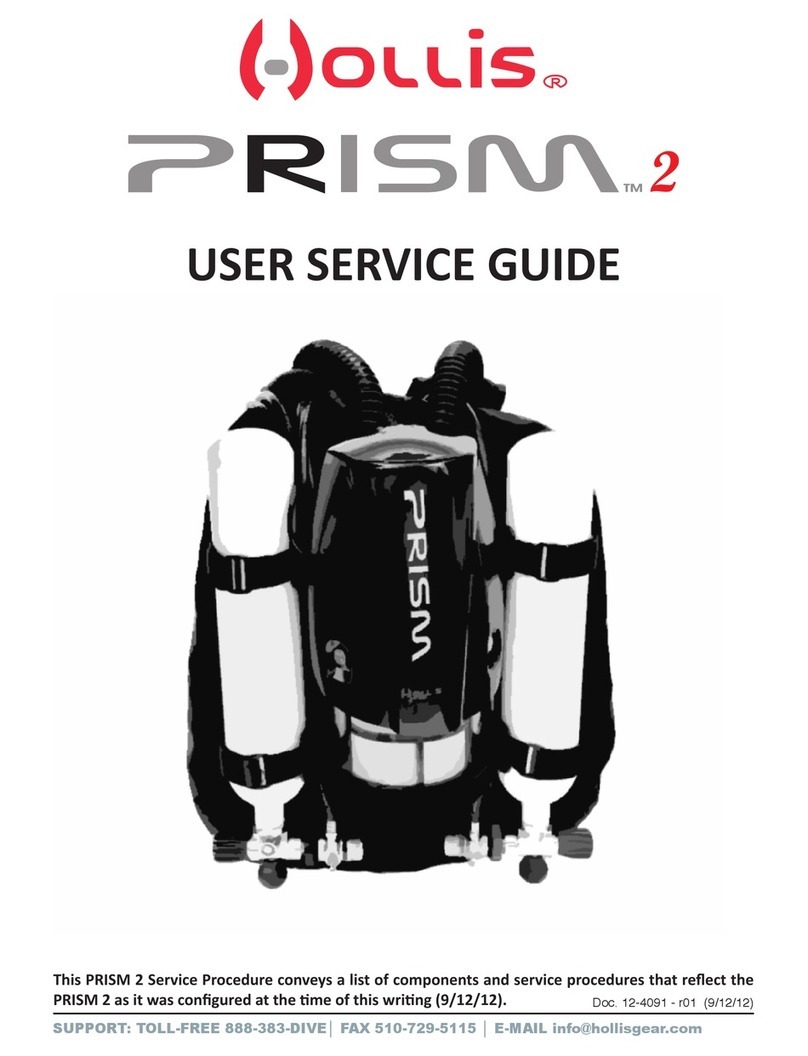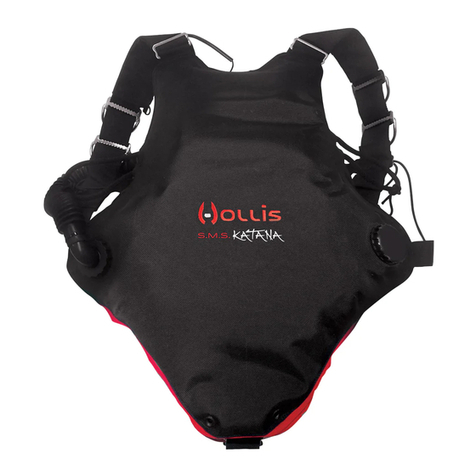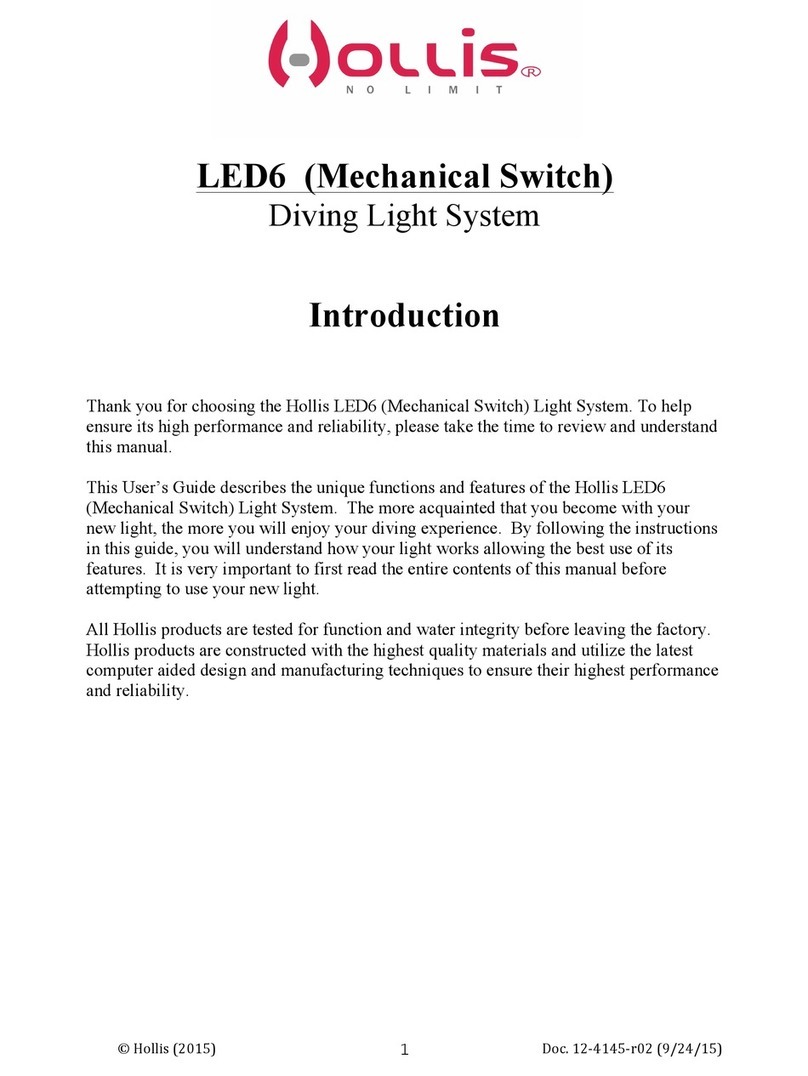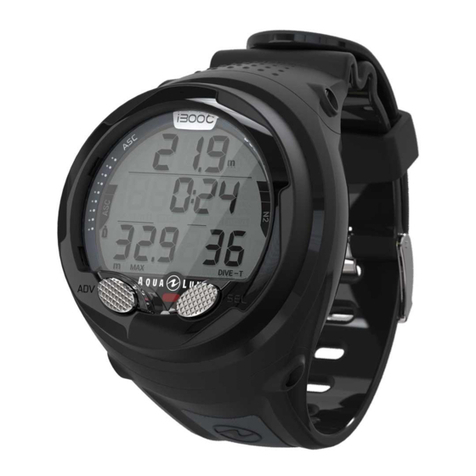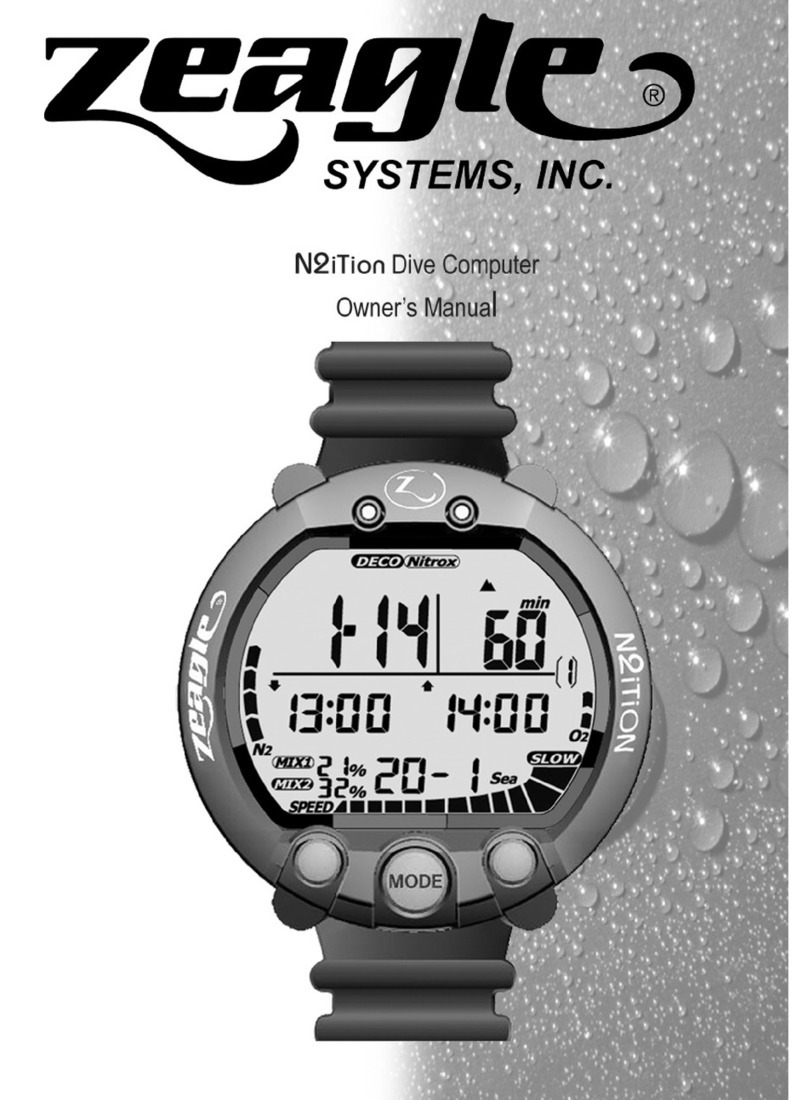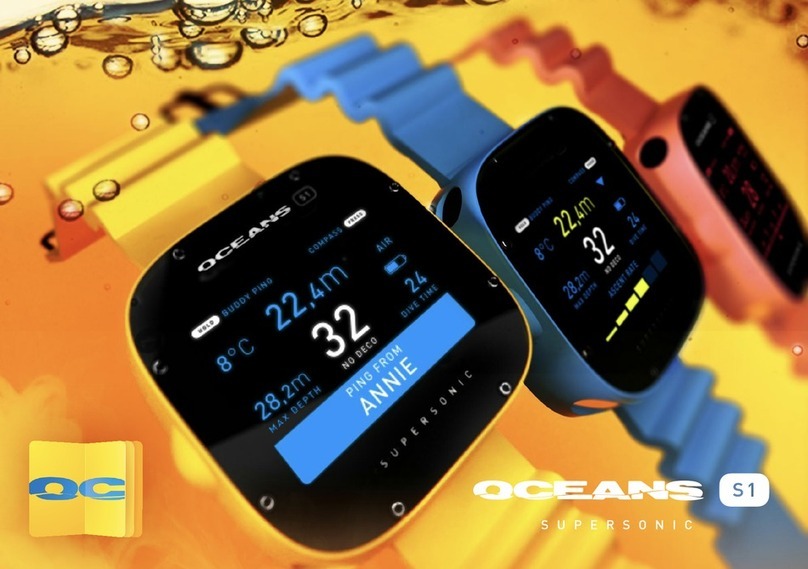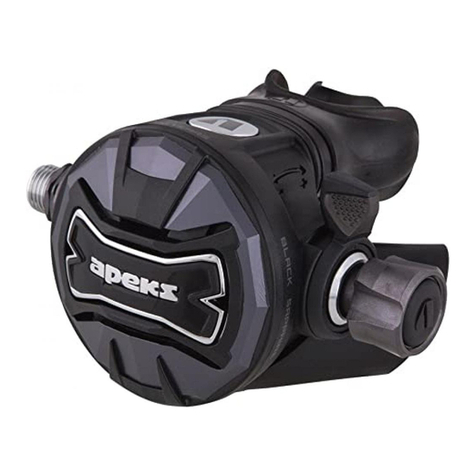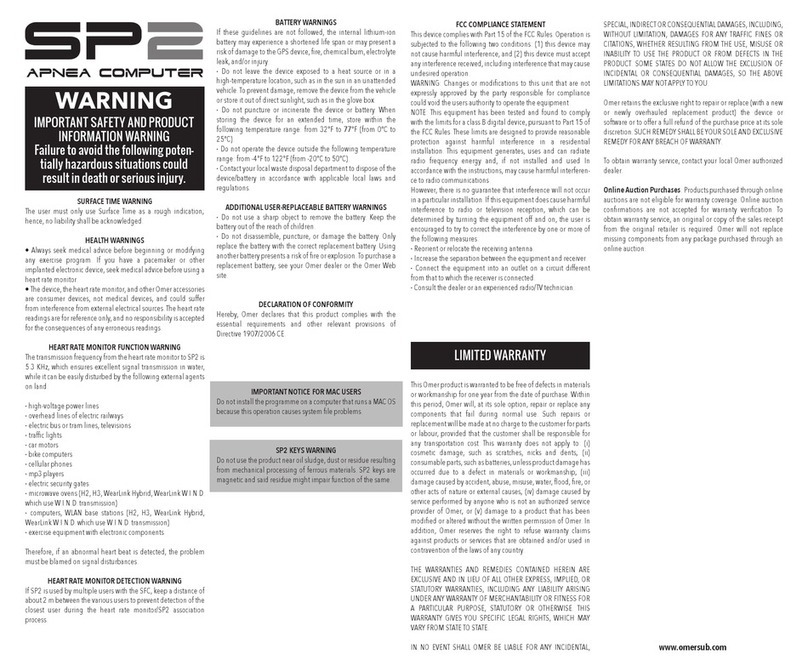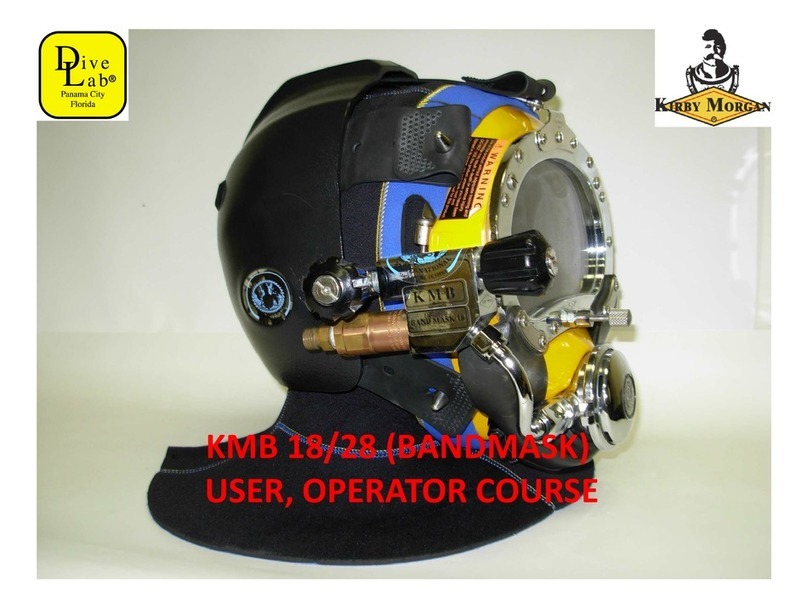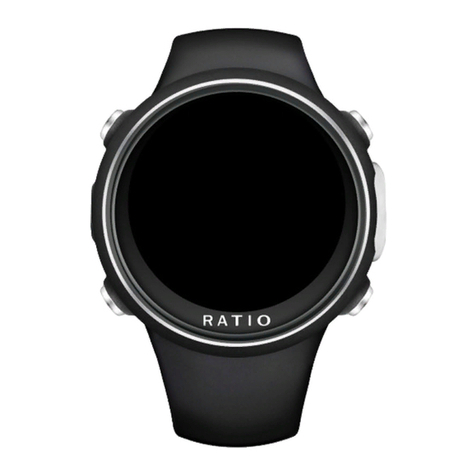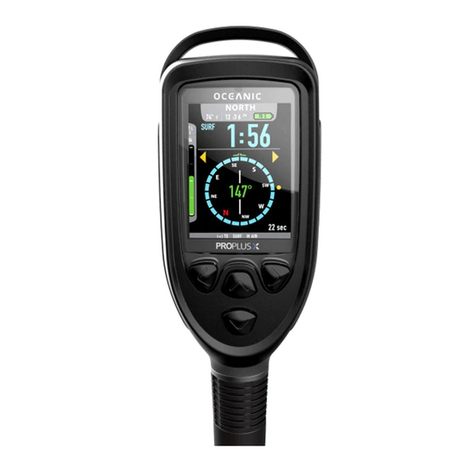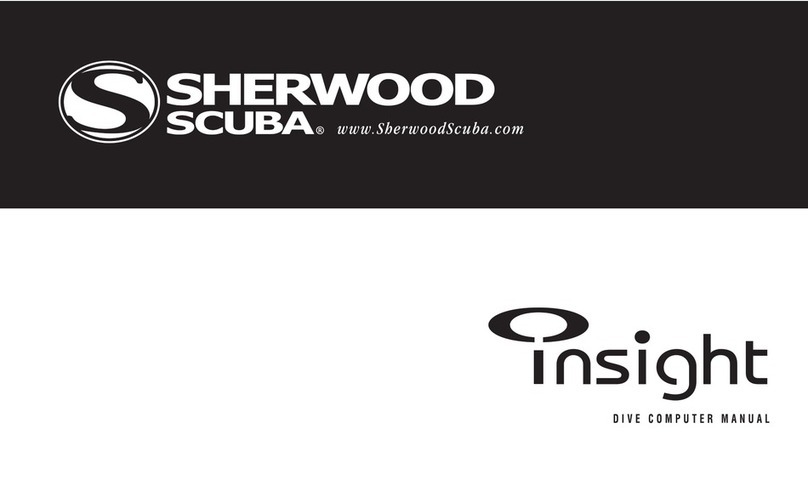
| 2
PART 1 . Section 1
MANUAL CONTROL OR COMPUTER CONTROL?
One of the ongoing debates when discussing rebreather safety is whether manually controlled
or electronically controlled rebreathers are safer. From the day in 1995 when PRISM Topaz class
#1 was held in Hermosa Beach, CA, students were taught to “fly” their rebreathers manually by
watching their secondary analog displays and manually injecting oxygen and diluent as needed.
From day one, PRISM students were taught that the primary control system was always the divers
brain. It wasn’t until the last dive of the last day of class that students were told, “OK, you can turn
on your electronics and experience a computer controlled dive”.
Diving with the computer monitoring the oxygen and the user keeping an eye on everything with
(at that time) a Heads Up Display primary and a wrist-mounted analog secondary sure kept us
busy, but we quickly realized that the computer was a LOT better at closely maintaining a set
point! We also realized that our instructor had trained us to be manually controlled rebreather
divers with the safety of “computer over-watch”.
Why two independent monitoring systems in one rebreather? Simply put, electronics, batteries
and wiring combined with salt water (or even fresh water) do not get along well together. While
we can seal circuit boards and wiring interfaces against water intrusion, rebreathers should have
a diver accessible compartment to change batteries, and because of this need for accessibility,
flooding can occur.
This is the Achilles heel of rebreathers with on-board electronics. Any time an O-ring sealed
Compartment is unsealed, the potential for debris to get on the O-ring and cause the
compartment to flood during the next dive is increased.
So, with two separate systems onboard with separate battery compartments, if one battery
compartment floods and destroys the battery, we simply switch to the other monitoring system to
safely end the dive. When our dive is over, we dispose of the wiring harness and battery, clean the
compartment and put in a fresh battery and new O-ring(s).
// DESIGN PHILOSOPHY
The PRISM family of rebreathers has a long and illustrious history, and it is
considered one of the foundation platforms of the modern day electronically
controlled “sport” rebreather.
The PRISM 2, like its forerunner the PRISM Topaz, is a digitally controlled
electronic closed circuit rebreather with split front-mounted over the shoulder
counterlungs (OTS-CL). It incorporates a radial design scrubber for the best
possible duration and work-of-breathing. All gas delivery systems on the PRISM 2
have both automatic and manual function.
